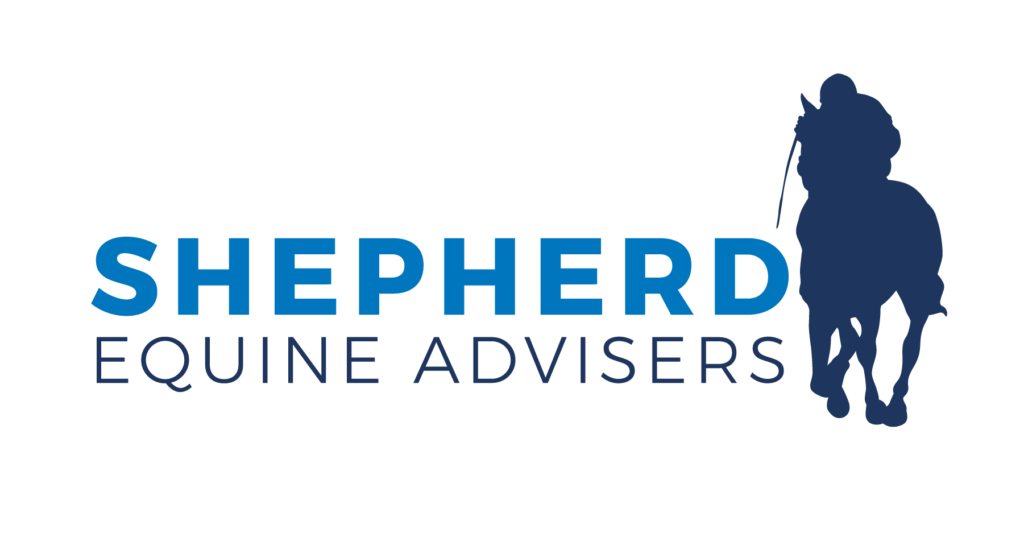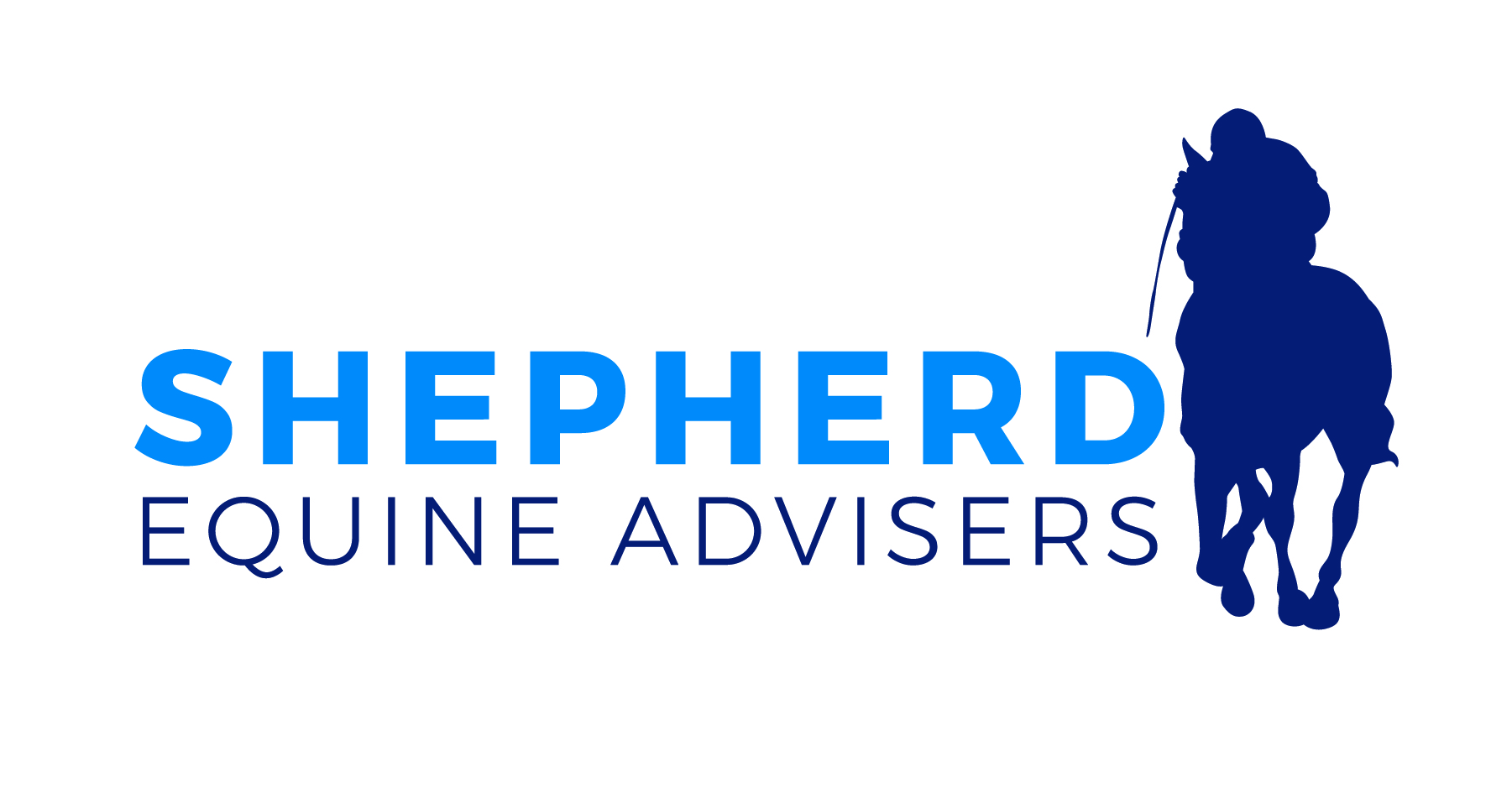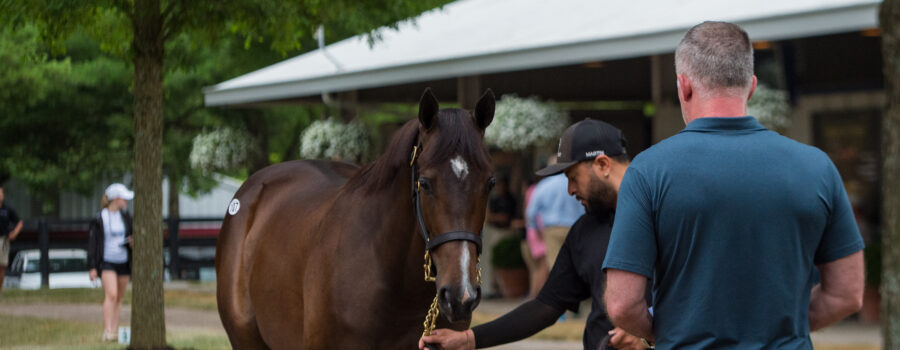Thoroughbred investments can feel like a gamble. But there’s one tool that can significantly stack the odds in your favor: conformation evaluation. A horse’s pedigree may look dazzling on paper, but if physical flaws limit performance, it’s game over. Here’s how you can master this critical skill to ensure your investments are sound, literally and figuratively.
Why Conformation Evaluation Is Non-Negotiable
A horse’s body is its engine. If the engine doesn’t run smoothly, no amount of breeding brilliance can make it win races. That’s why conformation, the study of a horse’s physical structure, is your secret weapon.
Think of conformation as quality control. You’re looking for symmetry, balance and strength. A horse with poor conformation may suffer from injuries, lameness or inefficient movement. Even the best pedigree is worthless if the horse can’t translate potential into performance.
The Power of the Walk: What to Look For
Start with the walk. It’s the easiest way to assess how a horse moves and whether its body is functioning as it should. A horse’s walk should be fluid with even, rhythmic strides. The back should stay relaxed, and the head should bob gently.
Here’s what to watch for:
- Lameness: A horse that favors one leg or moves unevenly may have underlying structural problems.
- Short strides: Tight, choppy movements often indicate stiffness or pain.
- Overtracking: Ideally, the hind hoof should step into the track of the front hoof. If it doesn’t, there may be an issue with the horse’s back or hips.
Bone Structure: The Foundation of Success
Conformation isn’t just about movement; it’s about the structure beneath the surface. Bone structure determines a horse’s durability and athletic potential. Weak, poorly aligned bones are like a house built on sand: it won’t last.
Here’s what you should inspect closely:
- Leg Alignment: From the front, the legs should be straight, with knees and hooves perfectly aligned. Crooked legs or knock-knees can lead to injuries.
- Hoof Size and Shape: A small hoof on a large horse is a red flag. Think of hooves as tires, they need to support the horse’s weight and absorb impact.
- Pastern Angles: Too steep or too flat and you’re looking at future tendon or ligament issues.
Symmetry: Beauty Equals Function
Symmetry isn’t just aesthetically pleasing; it’s a marker of functional soundness. A well-balanced horse will have evenly distributed weight, which reduces the risk of strain or injury.
Here’s how to check for symmetry:
- Stand directly in front of the horse and compare its shoulders. They should match in size and slope.
- Move to the side. The topline, from withers to croup, should form a smooth, unbroken curve.
- Finally, view the horse from behind. Are the hips level? Uneven hips could signal past injuries or developmental issues.
Common Physical Flaws to Avoid
Even seasoned investors fall into the trap of ignoring minor flaws, hoping a horse’s talent will compensate. Spoiler: It rarely does. Here are common issues to look for and why they matter:
- Clubfoot: A steep, upright hoof can cause chronic lameness.
- Cow Hocks: When a horse’s hocks angle inward, stress builds on joints and tendons.
- Back at the Knee: This defect increases the risk of tendon injuries, especially in high-stress environments like racing.
When in doubt, ask a vet or equine expert for a second opinion. A few hundred dollars spent on professional advice can save you thousands in poor investments.
Practice Makes Perfect: Develop Your Eye
You won’t become an expert overnight, but practice accelerates progress. Visit auctions, sales barns and racetracks. Watch horses move and note differences in their conformation.
Here’s how to sharpen your skills:
- Take a notebook and jot down your observations. Which horses looked balanced and fluid? Which ones seemed stiff or uneven?
- Compare horses with similar pedigrees but different builds. Which ones are thriving on the track?
- Finally, ask seasoned professionals for feedback. Many will be happy to share their insights if you show genuine interest.
Templates: The Conformation Evaluation Checklist
To make things easier, here’s a checklist you can carry with you:
- Head: Proportional, with large nostrils and clear, intelligent eyes.
- Neck: Long and slightly arched, blending smoothly into the shoulders.
- Shoulders: Sloped at approximately 45 degrees for optimal stride reach.
- Chest: Wide enough to allow for lung capacity but not excessively broad.
- Legs: Straight, with clean, well-defined tendons and symmetrical hooves.
- Topline: Smooth and strong, with a slightly uphill build (higher at the withers than the croup).
- Hindquarters: Muscular and symmetrical, providing propulsion and power.
Mistakes to Avoid: Don’t Let Pedigree Blind You
Too often, investors fall in love with a horse’s bloodlines and ignore its physical flaws. A Triple Crown winner’s pedigree may be enticing, but if the horse has glaring conformation issues, the odds of success drop dramatically.
Here’s what to remember:
- Pedigree is potential, not performance.
- Conformation is the execution of that potential.
Make sure the horse’s body can match the expectations of its breeding.
Success Stories: Proof That Conformation Matters
Take Secretariat, arguably the greatest racehorse of all time. His conformation was exceptional: a balanced body, powerful hindquarters and near-perfect stride mechanics. Those physical gifts allowed him to set records that still stand today.
Contrast that with the countless horses bred from champion bloodlines that never made it to the winner’s circle. Poor conformation often explains why.
Ready to Get Started in Conformation Evaluation?
Conformation evaluation isn’t just a skill, it’s a discipline. The more you practice, the better you’ll become at identifying future winners. Start small. Visit local auctions or farms. Watch how horses walk, study their structure and compare your notes with experts.
Every hour you spend honing this skill will pay off in smarter investments and fewer costly mistakes. When done right, conformation evaluation becomes your ultimate edge in the thoroughbred industry.
Final Thought:
Physical flaws derail even the best pedigrees. By learning to evaluate conformation with confidence, you’ll position yourself to make better decisions, achieve better outcomes and enjoy the satisfaction of knowing your investments are built on a solid foundation.







Recent Comments